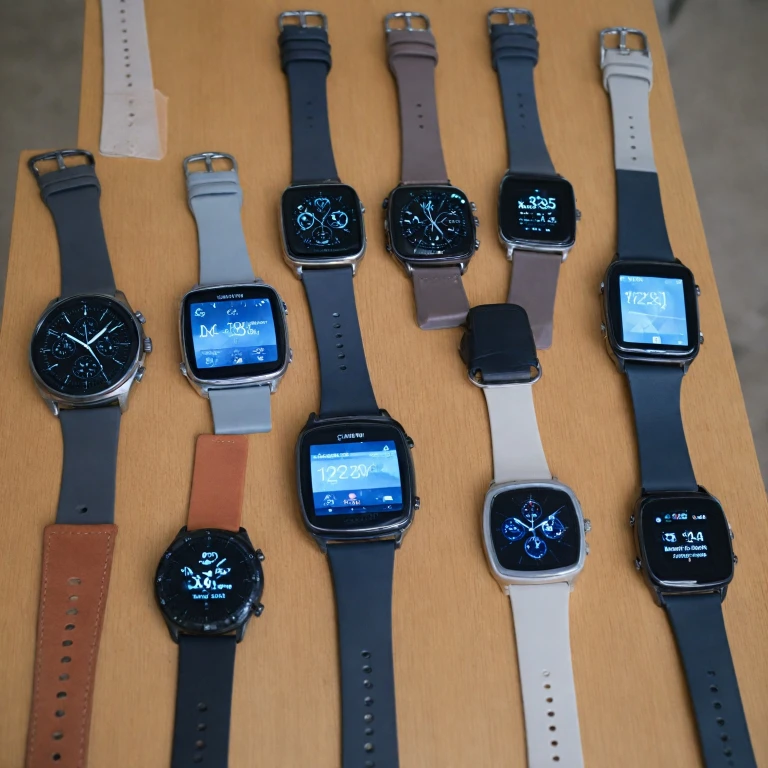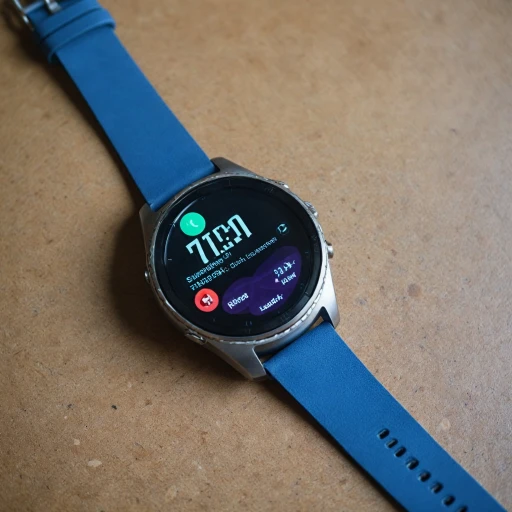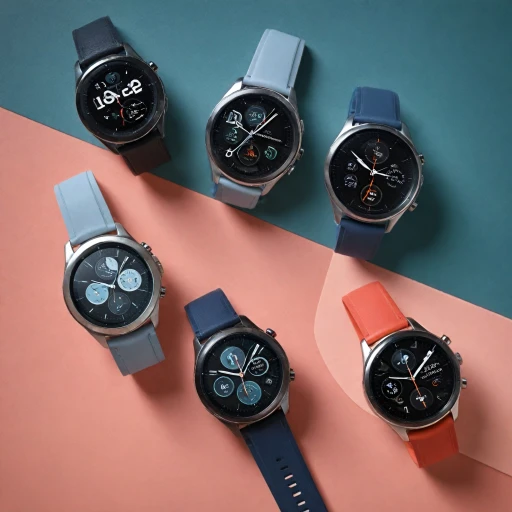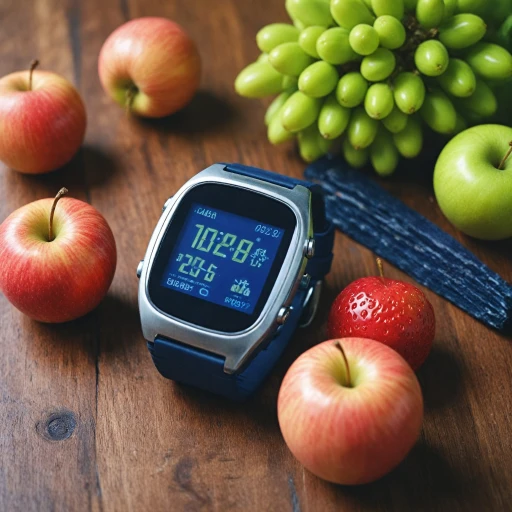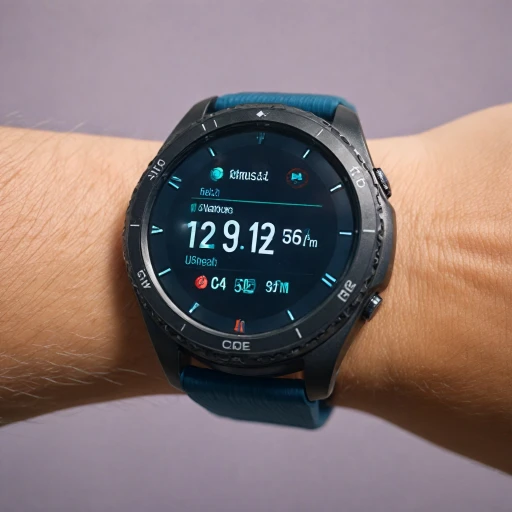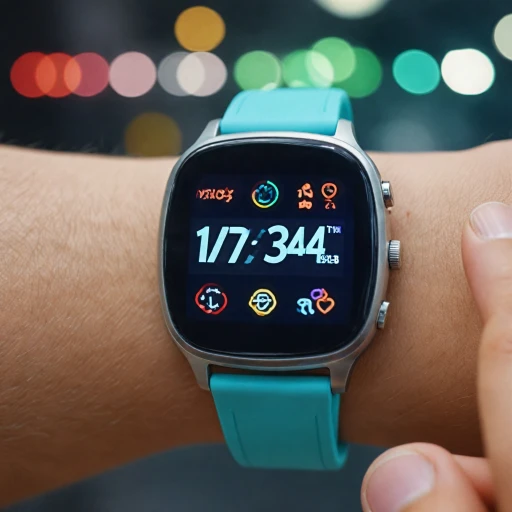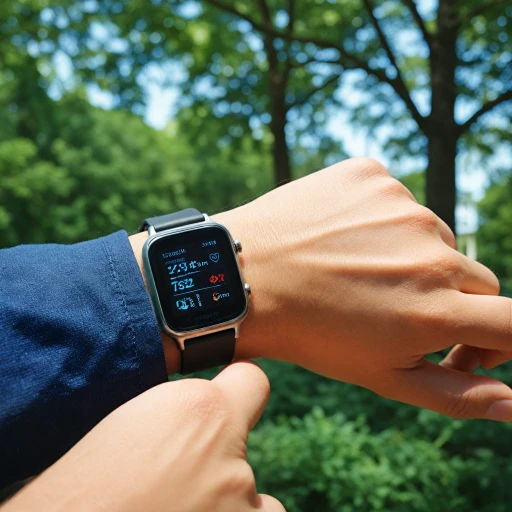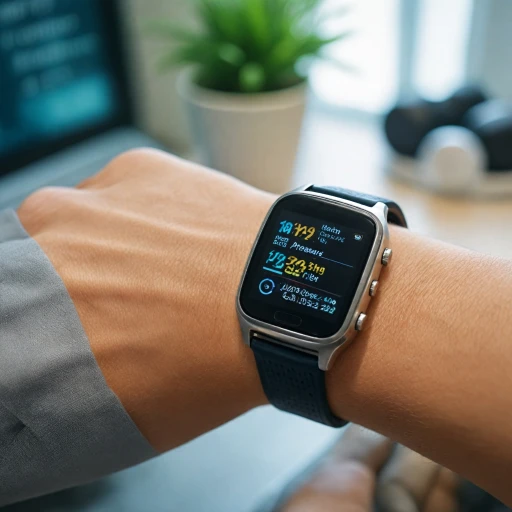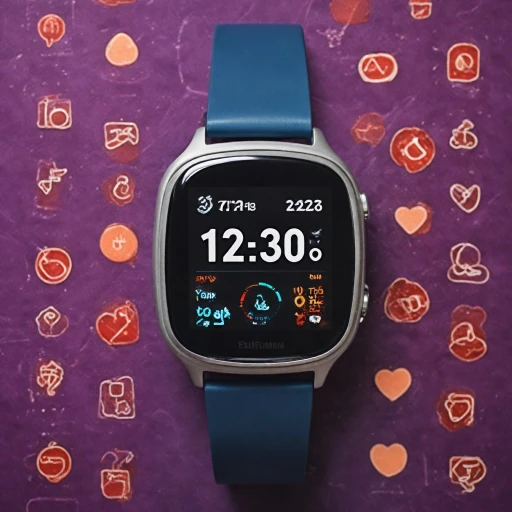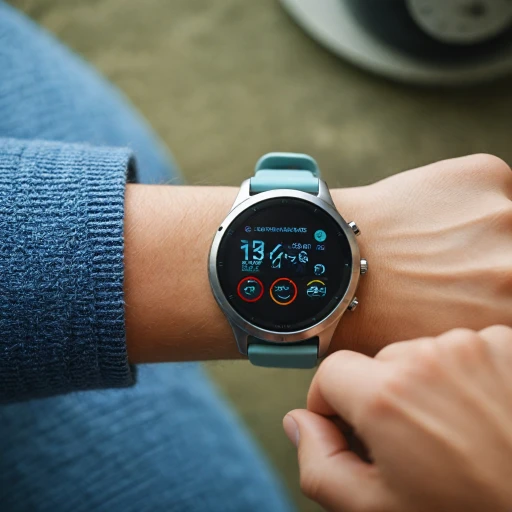Understanding the Need for Blood Pressure Monitoring
Recognizing the Importance Behind Blood Pressure Monitoring
Monitoring blood pressure is a crucial aspect of maintaining good health. High blood pressure, often referred to as the "silent killer," can go unnoticed due to its lack of symptoms, but it poses a risk for serious health issues such as heart disease and stroke. This underlines the necessity of regular tracking to help mitigate potential health risks. Incorporating blood pressure monitoring into everyday devices like smartwatches allows users to keep an eye on their cardiovascular health constantly. These watches, such as the Samsung Galaxy Watch and Apple Watch, are not just about telling time; they are evolving into sophisticated health gadgets that are integral to fitness trackers and health monitors. Regular tracking with such smart devices provides a seamless and accessible way to keep tabs on your blood pressure outside of a clinical setting. This continuous, convenient access to blood pressure data empowers users to be more proactive about their health and well-being. From a cost perspective, while the regular price of smartwatches equipped with health monitoring tools can be higher, the long-term health benefits often justify the investment. Many brands offer options with features like free shipping which can further enhance their appeal. With a multitude of options available in the market, from the Huawei Watch to the Samsung Galaxy and Apple Watch series, choosing a smartwatch that provides comprehensive health monitoring features tailored to individual needs will be discussed later.How Smartwatches Measure Blood Pressure
Insights into Smartwatch Blood Pressure Monitoring Mechanisms
Smartwatches equipped with blood pressure monitoring capabilities are increasingly integrating advanced health technology. The main question is how these wearable devices, such as the Samsung Galaxy Watch and the Apple Watch series, measure blood pressure efficiently. Here’s a closer look at the technology behind these smart devices:Smartwatches often use optical heart rate sensors to estimate blood pressure. These sensors work by emitting a light into the skin and measuring the reflection, also known as photoplethysmography (PPG). The data gathered from the light reflection provides insights into heart rate—a key component in gauging blood pressure. By monitoring changes in blood flow, these devices offer an indirect measurement of blood pressure levels. Some models, like the Galaxy Watch, pair this data with algorithms and calibration to provide more accurate readings.
Another technology in use is the electrocardiogram (ECG) feature found in certain smartwatches. While ECGs primarily track heart rhythm irregularities, they can also aid in blood pressure monitoring when combined with other data parameters. The Apple Watch, for instance, leverages a comprehensive approach by integrating ECG data and providing a sophisticated analysis of heart health.
Moreover, fitness trackers with health tracking capabilities are venturing into blood pressure estimation by also keeping tabs on physical activity and sleep patterns. This holistic view enables these devices to personalize blood pressure readings. While the innovative technology packed into smartwatches is impressive, the result is still subject to the 'bland altman' analysis—a statistical method that assesses agreement between two quantitative measurements—for validating accuracy. This highlights the importance of these devices serving as supplementary health monitors rather than absolute medical tools.
Given the varying prices, from budget-friendly to high-end models with features akin to the Huawei Watch or Watch Pro, the choice largely depends on personal needs and how seamlessly one integrates these checks into daily health routines. However, the efficiency of data measurement remains a key differentiator among top contenders.
Remaining at the forefront of technological progress, smartwatches continue to refine their ability to measure blood pressure. As developers and brands like Samsung and Apple advance their devices, understanding these mechanisms becomes crucial for users aiming to monitor their health more conveniently.
Benefits of Using a Smartwatch for Blood Pressure Monitoring
Benefits of a Smartwatch for Health Monitoring
Smartwatches have emerged as innovative devices that seamlessly integrate into our modern lifestyle while offering valuable health monitoring features. When it comes to tracking your blood pressure, their appeal becomes evident. Here are some reasons why incorporating a smartwatch into your daily routine can be beneficial.- Convenience and Accessibility: A smartwatch that monitors blood pressure offers the ultimate convenience. No longer do you have to rely solely on traditional devices that might be cumbersome to carry. With a smart watch, measurement is just a tap away, allowing for easy integration into daily activities without interrupting them.
- Insightful Health Data: Equipped with heart and blood pressure monitors, these smart devices provide comprehensive data that helps you understand your health better. This data can be used to track changes over time, assisting healthcare providers in making informed decisions. For instance, a Samsung Galaxy Watch or Huawei Watch integrates multifaceted health options, offering a well-rounded view of your fitness and heart rate.
- Multi-functional Features: Besides blood pressure monitoring, these watches often come with additional features such as heart rate and sleep trackers, which contribute to an overall understanding of your health. The Apple Watch Series, for example, provides a holistic approach to fitness and wellness with its array of features. Many devices also offer free shipping and competitive pricing, adding to their appeal.
- Proactive Health Management: By regularly collecting data, these devices enable proactive health management. They empower wearers to take control of their own health. Enhanced features like fitness tracking and health insights can motivate users to live a healthier lifestyle, helping them to make informed decisions based on their heart rate, sleep patterns, and other metrics.
Comparing Popular Smartwatches with Blood Pressure Features
Top Choices for Blood Pressure Monitoring Smartwatches
In today's rapidly evolving tech world, the intersection of wearable technology and health monitoring has given rise to some remarkable devices, notably smartwatches equipped with blood pressure monitoring capabilities. While previous sections emphasized the importance and benefits of such features, let's delve into how some popular models stand out in this arena.
Apple Watch: An All-Rounder in Health Monitoring
The Apple Watch series has long been a front-runner in the smart fitness tracker space, thanks to its integration of diverse health tracking features, including heart rate monitoring. Although it’s fantastic for tracking fitness metrics like heart rate, users should be aware that the regular Apple Watch doesn’t include a built-in blood pressure monitor. However, when paired with an external device like the QardioArm, it can offer robust tracking and analytics, making it a worthy consideration for Apple enthusiasts looking for holistic health data.
Samsung Galaxy Watch: High-Tech and Holistic
The Samsung Galaxy Watch series, particularly the Galaxy Watch 4, boasts an advanced health tracking ecosystem. It not only measures heart rate and blood oxygen levels but also features a blood pressure monitor, albeit requiring a calibration process with a traditional cuff. Regular updates and a commitment to improving health features ensure that Samsung remains a leading option for those prioritizing comprehensive fitness tracking. Furthermore, Galaxy Watch users often appreciate its free shipping offers and the versatility it brings to health-focused individuals.
Huawei Watch Pro: A Blend of Fashion and Functionality
The Huawei Watch Pro offers a unique balance between style and functionality while providing reliable health metrics. It stands out for users interested in tracking sleep and fitness patterns along with heart rate. Although its blood pressure capabilities are still evolving, Huawei’s dedication to enhancing these features offers promising potential for users looking for a fashionable yet functional device.
Pricing and Features: Balancing Your Budget
When considering which smartwatch to purchase, the regular price, free shipping options, and specific health features should guide your decision-making process. While some may find the higher-end models like the Apple Watch and Samsung Galaxy on the pricier side, the health insights and overall functionality often justify the investment for health-conscious individuals.
As we continue to explore the realm of technology-driven health solutions, understanding the strengths and limitations of each smartwatch can help you make an informed choice. With an increasing array of devices entering the market, the future of health monitoring looks promising, with innovations continuously enhancing how we monitor parameters like blood pressure and heart rate with ease and accuracy.
Choosing the Right Smartwatch for Your Needs
Evaluating Smartwatches for Blood Pressure Monitoring
Choosing the ideal smartwatch for blood pressure monitoring depends on various factors, and each user's priorities will impact their decision. When choosing a device that aligns with your health and lifestyle needs, consider the following aspects:- Measurement Accuracy: Ensuring accurate blood pressure readings is crucial. Consider devices that provide reliable and consistent results, comparing how different brands perform in this regard.
- Compatibility and Ecosystem: Compatibility with your smartphone can enhance the smartwatch's functionality. The Apple Watch Series offers seamless integration with iOS devices, while Samsung Galaxy watches are optimal for Android users.
- Fitness and Health Features: Beyond blood pressure monitoring, many smartwatches come equipped with fitness trackers, heart rate monitors, and sleep tracking. Look out for these additional features if maintaining overall wellness is a priority.
- Price and Features: Analyze whether the price matches the features offered. Options like Apple Watch and Samsung Galaxy Watch often compete in regular pricing, providing robust features. Some brands might offer deals with free shipping that are worth considering.
- Technical Support and Updates: Evaluate whether the brand offers regular updates and customer support. Continuous software improvements can enhance measurement accuracy and user experience.
- Style and Design: A smartwatch is not just a gadget but a personal accessory. Options like Huawei Watch and Watch Pro combine monitoring features with aesthetic designs, allowing you to match your style.
